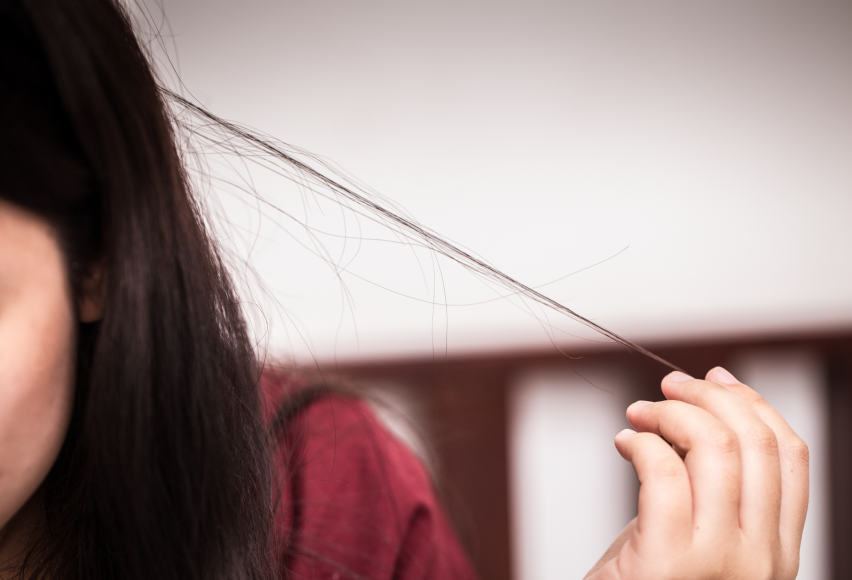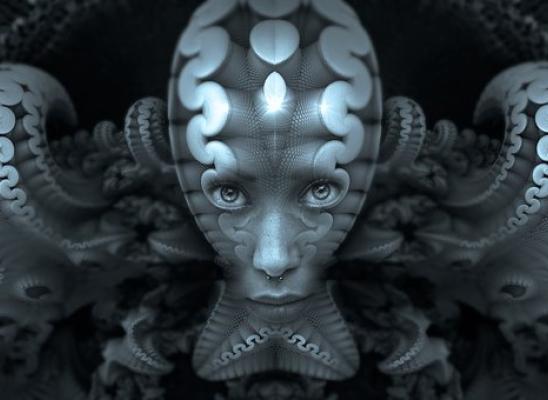The Hidden Connection: How Perfectionism Fuels Trichotillomania and What It Means for Recovery

Online test
Find out the severity of your symptoms with this free online test
You like things “just right”. You call it being conscientious. People who know you might call it being a perfectionist.
Practically speaking, there’s a fine line between being conscientious and wanting to do or be at your best and being a perfectionist. Perfectionism is a complex personality disposition characterized by the need for flawlessness and setting unrealistically high standards accompanied by a pattern of harsh self-criticism. Perfectionism drives people to pursue unrealistic or unattainable ideals, and has been linked to problems such as anxiety, depression, and low self-esteem.
Perfectionism has also been linked to body-focused repetitive behaviors (BFRBs) like trichotillomania but just how it influences hair pulling behavior is not well-understood. New research is shedding light on the relationship between hair pulling and perfectionism, suggesting that perfectionism may play a significant role in why trich can be so persistent and why stress-focused interventions might fall short.
Meet Maladaptive Perfectionism
Perfectionism, like most things, is not inherently “good” or “bad”. It all depends on context and what its purpose is.
Healthy perfectionism, often referred to as adaptive perfectionism, is the kind of perfectionism that makes you want to do a good job at something. It involves setting challenging but achievable expectations and striving for excellence but without negative self-criticism. People with this type of perfectionism tend to be resilient, less prone to stress, satisfied with achievements, and see mistakes as opportunities for growth.
Maladaptive perfectionism is the type of perfectionism that you’re probably most familiar with. It’s the kind that involves setting high, sometimes unattainable, standards, fear of failure, and brutal self-criticism when those standards aren't met. People with this style of perfectionism tend to be highly self-critical, It is this type of perfectionism that seems to be at work for people with trich.
The Study Insights
For people living with trich, this maladaptive perfectionism doesn't develop in isolation. The study found that it seems to play a central role in both the development and maintenance of hair pulling. This perfectionism creates a mental space where self-critical thoughts flourish, setting the stage for hair pulling to emerge as a coping mechanism.
What makes this type of perfectionism particularly concerning is that it often seeps into other areas of life from academic or professional performance to appearance, relationships and more. Of course, we want to do our best at things but not things that cause harm, like trich. Maladaptive perfectionism doesn’t discriminate.
The Protective Factor: Escaping Self-Criticism
Perhaps the most significant finding from this study is the seemingly protective function that hair pulling and perfectionism serves. Rather than being purely destructive, hair pulling may serve as a sort of psychological shield, preventing a person from confronting their harsh self-critical thoughts.
For example, when someone with trich experiences critical thoughts (e.g., a perceived social misstep, a flaw in their appearance), hair pulling provides an immediate escape. Attention shifts to the hair pulling, interrupting the cycle of self-criticism, and offering temporary relief from emotional distress.
This protective function of perfectionism also sheds light on why hair pulling urges can feel almost irresistible. More than simply a “bad habit”, the pulling serves a purpose. Over time, the brain learns that the hair pulling brings relief from deep, sometimes distressing feelings like inadequacy or failure. It sets up a cycle of pulling that can be difficult to break.
Perfectionism and the Maintenance of Hair Pulling
While protection from uncomfortable feelings might sound good, the study revealed evidence that this protective aspect of perfectionism may play a key role in keeping trich entrenched. It contributes to a cycle of pulling that is particularly challenging because the very behavior that provides short-term relief (hair pulling) actually impedes the processing and resolution of perfectionist thinking patterns. Stuck in this cycle, the person is never really able to confront their self-critical thinking because hair pulling consistently interrupts this process and allows the cycle to persist.
This maintenance cycle also explains why willpower alone is often not enough to stop hair pulling. Serving such a strong protective function, simply trying to stop pulling your hair without addressing the underlying dynamics is like trying to take away a crutch without healing the injury it was supporting. Willpower alone isn’t enough. You need healing strategies.
Implications for Treatment
Of course, more research in this area is needed but the study points to several important implications for treating BFRBs like trich.
Traditional approaches for managing trich such as Habit Reversal Training (HRT) have focused primarily on managing the behavioral components of trich (urge to pull). More recent approaches have recognized the cognitive components of trich and attempted to combine behavioral and cognitive strategies.
The researchers in this study suggest that interventions specifically targeting perfectionism could be highly beneficial for people living with trich. Some strategies might include:
- Cognitive restructuring to identify and challenge perfectionist beliefs
- Self-compassion training to develop a healthy internal dialogue
- Acceptance-based approaches that help individuals tolerate imperfection
- Values-based work that shifts focus from perfect performance to meaningful living
If you’re struggling to manage your trich on willpower alone, therapy that addresses the underlying dynamics might be a healthy next step.
The Takeaway
One of the most important takeaways from this research is the need to understand not only the behavior of hair pulling but also its function. While not a healthy coping mechanism, understanding its protective role can help reduce shame and self-blame.
Recognizing the intricate relationship between perfectionism, self-criticism, and hair pulling can also contribute to the development of more individualized, targeted and effective treatments. With a deeper understanding, recovery becomes not just possible but sustainable.
When willpower isn’t enough, therapy can help. If you find yourself struggling to manage your trich, there are effective treatments available. At Trichstop, we have a team of experienced therapists dedicated to helping you find the treatment that is right for you. And online therapy makes getting help easier than ever. You can see your therapist when and how it works for you. When you’re ready, our therapists are here to help.
References
1. Stoeber, J. (2018). The psychology of perfectionism: An introduction. In J. Stoeber (Ed.), The psychology of perfectionism: Theory, research, applications (pp. 3–16). Routledge/Taylor & Francis Group. https://psycnet.apa.org/record/2017-21407-001
2. Zarandi, A. L., Millar, J. F. A., Waites, E., & Stevenson, J. L. (2025). A qualitative study exploring the role of perfectionism in trichotillomania. Psychology and psychotherapy, 10.1111/papt.12597. Advance online publication. https://doi.org/10.1111/papt.12597
3. Perfectionism: The different types of perfectionist and how they cope. (n.d.). Retrieved from https://oxford-review.com/blog-research-perfectionism/
Online test
Find out the severity of your symptoms with this free online test
Start your journey with TrichStop
Take control of your life and find freedom from hair pulling through professional therapy and evidence-based behavioral techniques.
Start Now



